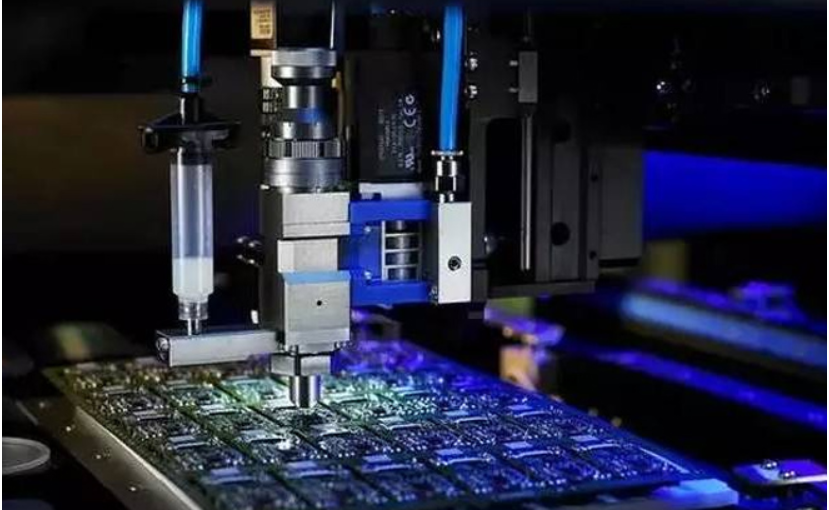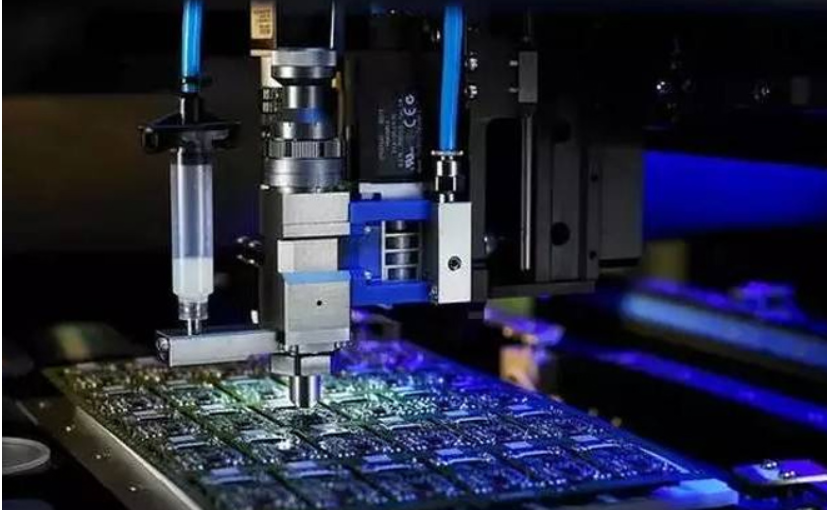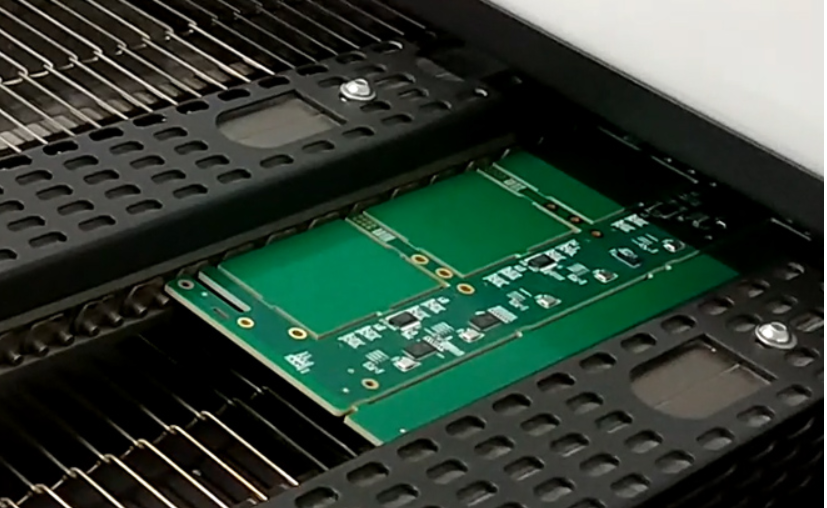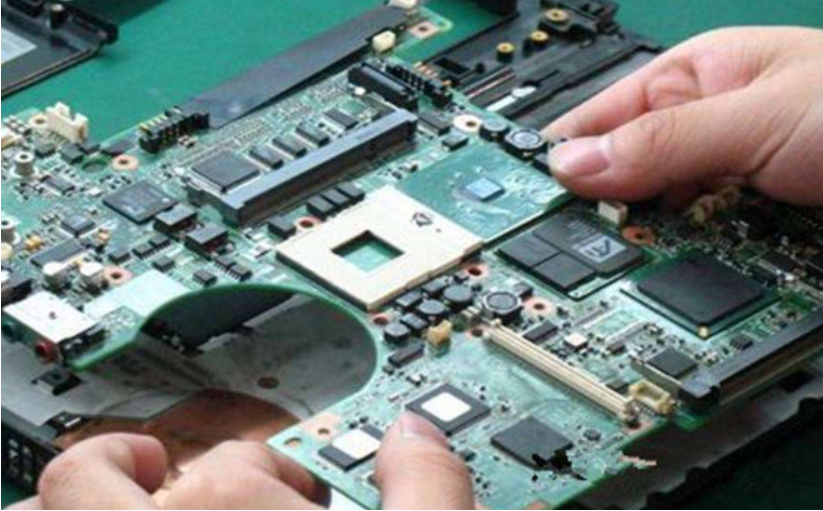
Flexible printed circuit boards can be classified according to the type of bending encountered during assembly and use. There are two design types, whICh are discussed as follows:
1. PCB static design
StatIC design refers to the bending or folding that the product only encounters in the assembly process, or the bending or folding that rarely occurs during use. Like single-sided, double-sided and multilayer circuit boards, folding static design can be successfully realized. In general, for most double-sided and multi substrate designs, the minimum bending radius of the fold should be ten times the thickness of the entire circuit. More layers of circuits (eight or more layers) will become very hard and it is difficult to bend them, so there will be no problems. Therefore, for double-sided circuits requiring strict bending radius, all copper wires shall be set on the same side of the substrate film in the folding area. By removing the film covering on the opposite side, the folded area is SIMilar to a single-sided circuit.

2. PCB dynamic design
Dynamic circuits are designed for repeated bending throughout the life cycle of the product, such as cables for printers and disk drives. In order to achieve the longest bending life cycle of the dynamic circuit, the relevant part should be designed as a single-sided circuit with copper on the central axis. The central axis refers to a theoretical plane, which is in the central layer of the materials constituting the circuit. By using the same thickness of substrate film and coating on both sides of the copper, the copper foil will be accurately placed in the center, and the pressure will be minimized during bending or bending.
Multilayer complexity designs that require high dynamic bending cycles and high density can now be achieved by connecting double-sided or Multilayer circuits to single-sided circuits using anisotropic (z-axis) adhesives. Bending only occurs at the place where one side is assembLED. Outside the dynamic bending area, it belongs to a multi-layer independent area. This area is not endangered by bending, and complex wiring and required components can be installed.
Although it is expected that flexible printed circuit can meet all applications requiring bending, bending and some special circuits, a large part of bending or bending in these applications are failed. Flexible materials are used in the manufacturing of printed circuit boards, but flexible materials themselves cannot guarantee the reliability of circuit functions when being bent or bent, especially in dynamic applications. Many factors can improve the reliability of forming or repeated bending of flexible printed circuit boards. To ensure the reliable operation of finished PCB circuits, all these factors must be taken into account in the design process. Here are some tips for increasing flexibility:
1) In order to improve dynamic flexibility, electroplated boards should be selected for circuits with two or more layers.
2) It is recommended to keep the minimum number of bends.
3) The wires shall be staggered to avoid I-shaped micro condensation effect, and the wire paths shall be orthogonal to facilitate bending.
4) Do not place pads or through holes in curved areas.
5) Do not place ceramic devices near any curved areas to avoid coating discontinuities, plating discontinuities, or other stress concentrations. It should be ensured that there is no twist in the finished assembly. Distortion may cause undue stress on the outer edge of the circuit. Any burrs or irregularities that occur during blanking may cause the circuit board to crack.
6) PCB factory forming shall be preferred.
7) In the bending area, the thickness and width of the conductor shall remain unchanged. Changes should be made in electroplating or other coatings to avoid necking of the conductor.
8) Make a long and narrow cut in the flexible printed circuit to allow different wooden supports to bend in different directions. Although this is an effective means to maximize the effectiveness, the incision is easy to cause tearing and crack extension. This problem can be prevented by making a hole at the end of the incision, and reinforcing these areas with a rigid plate or a piece of thick flexible material or PTFE (Finstad, 2001). Another method is to make the cut as wide as possible and make a complete sEMIcircle at the end of the cut. If it cannot be reinforced, the circuit shall not be bent 1I2in from the end of the notch.
This article is about the flexible and reliable design of printed circuit board in PCB design. There are two design types









